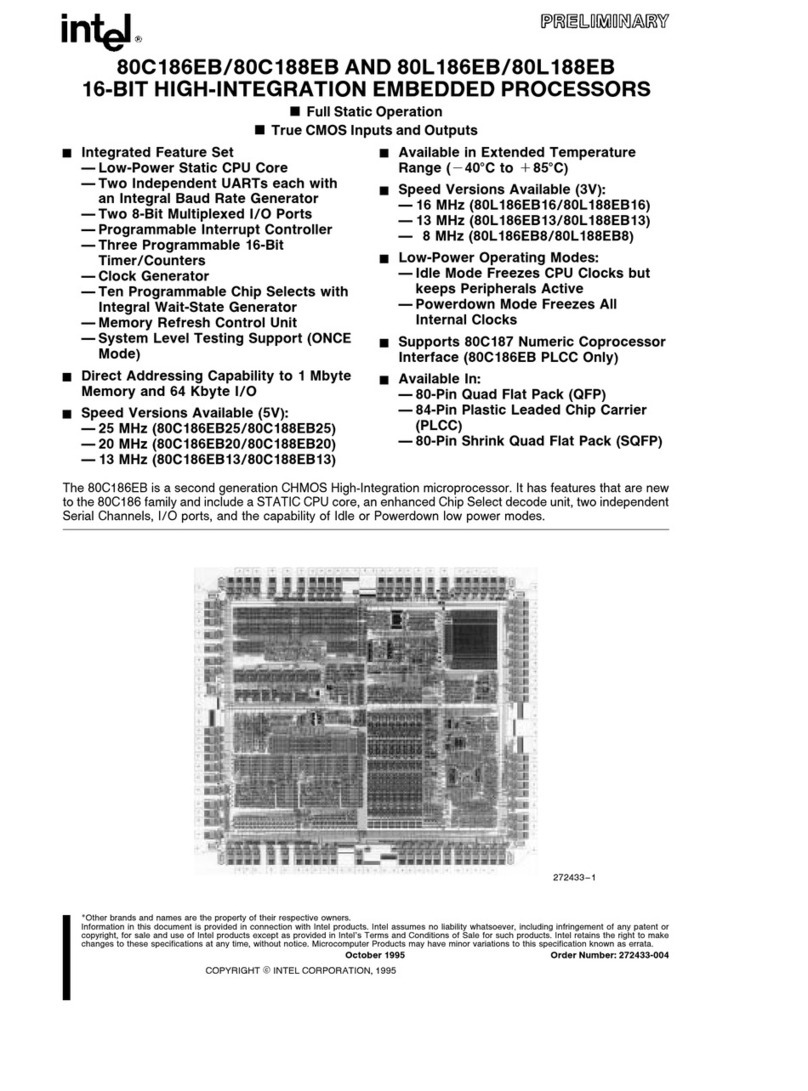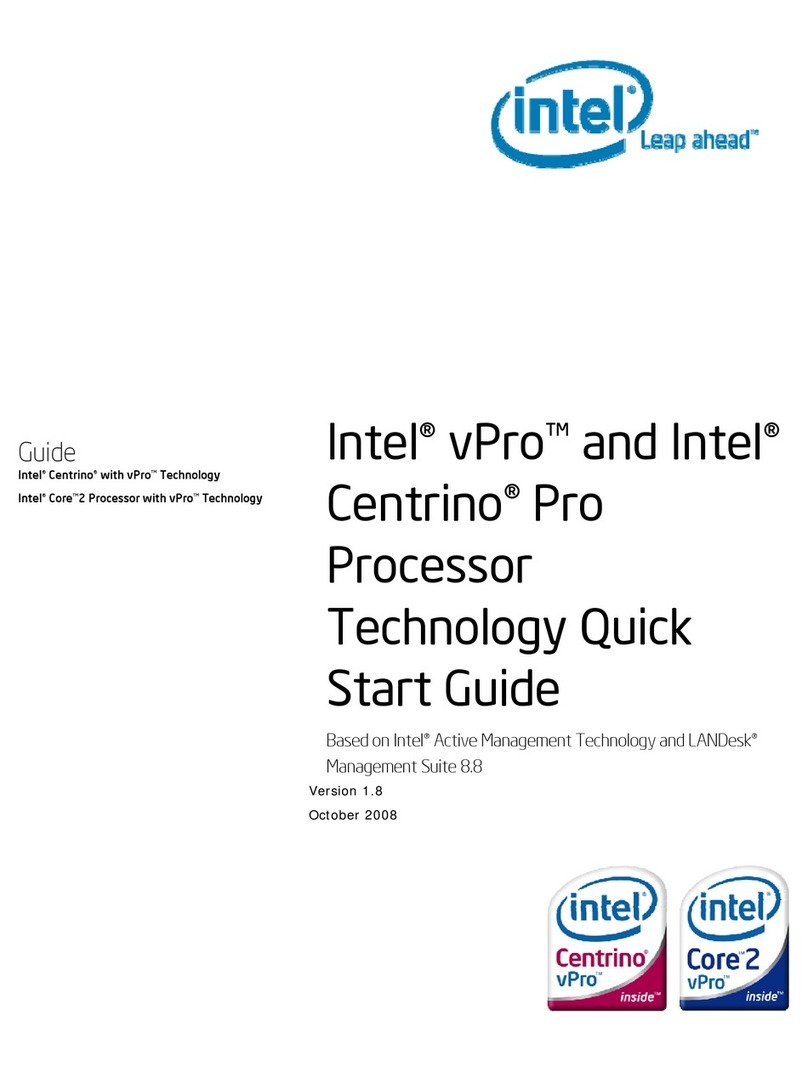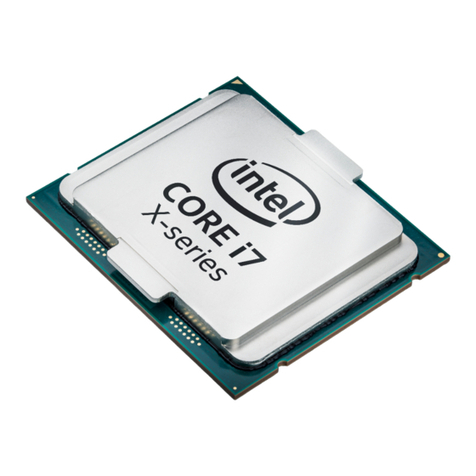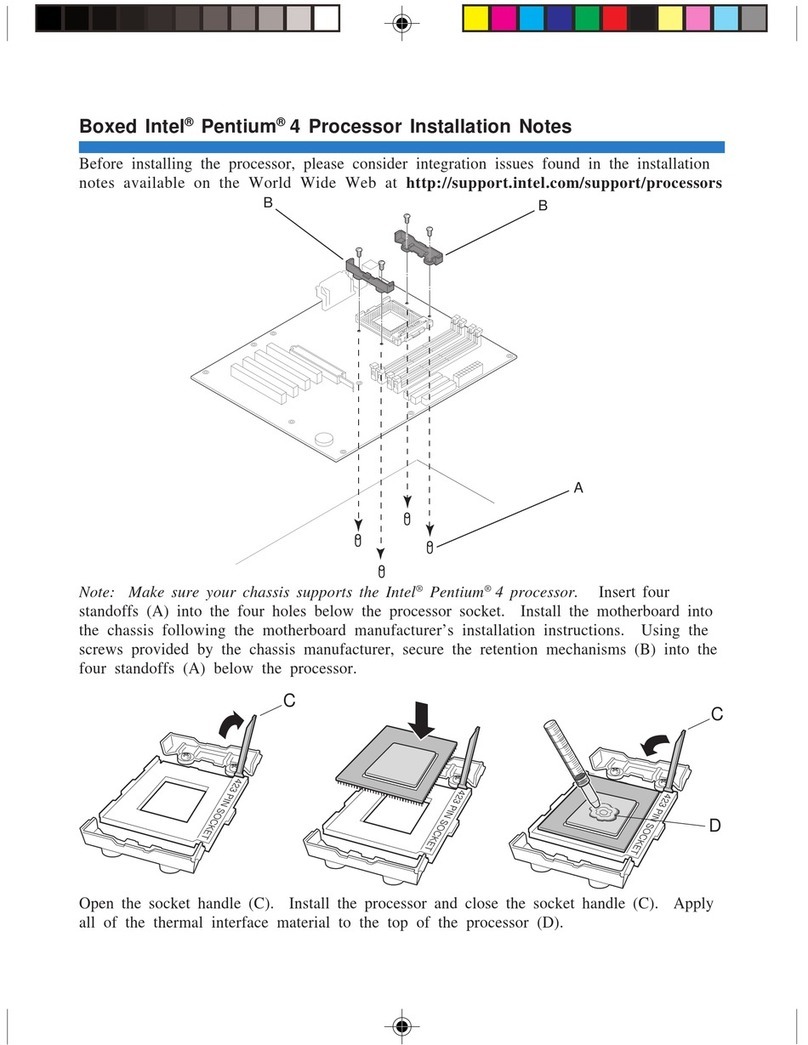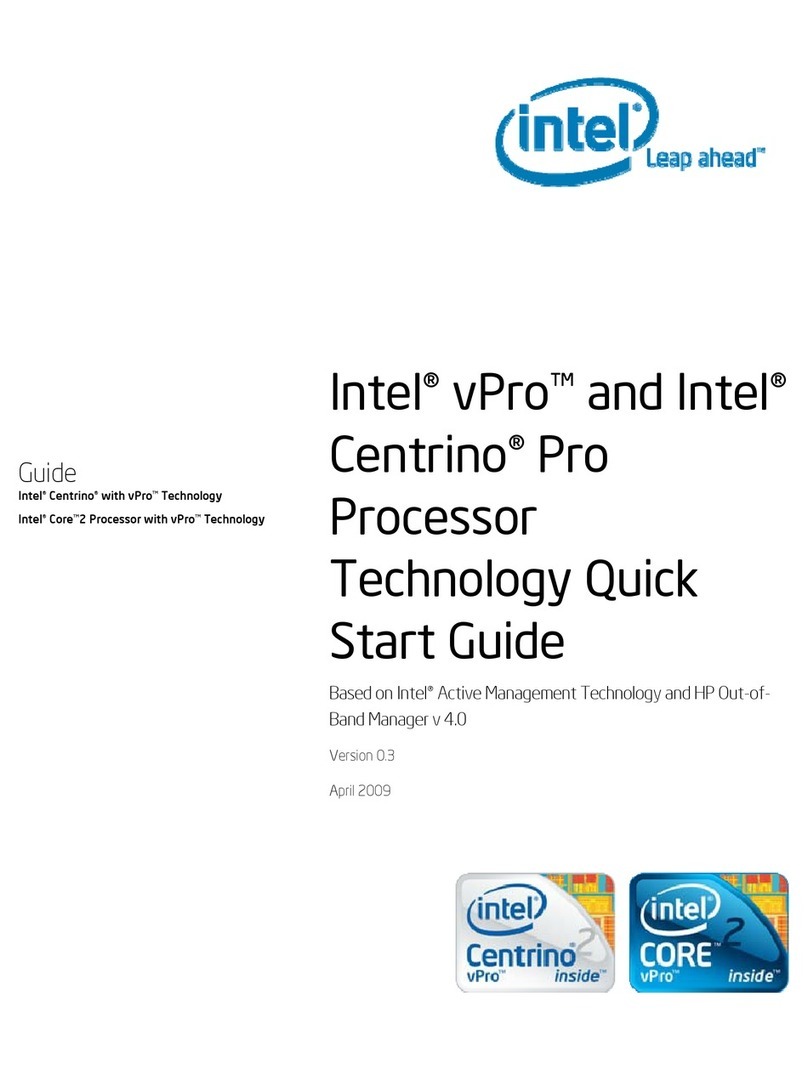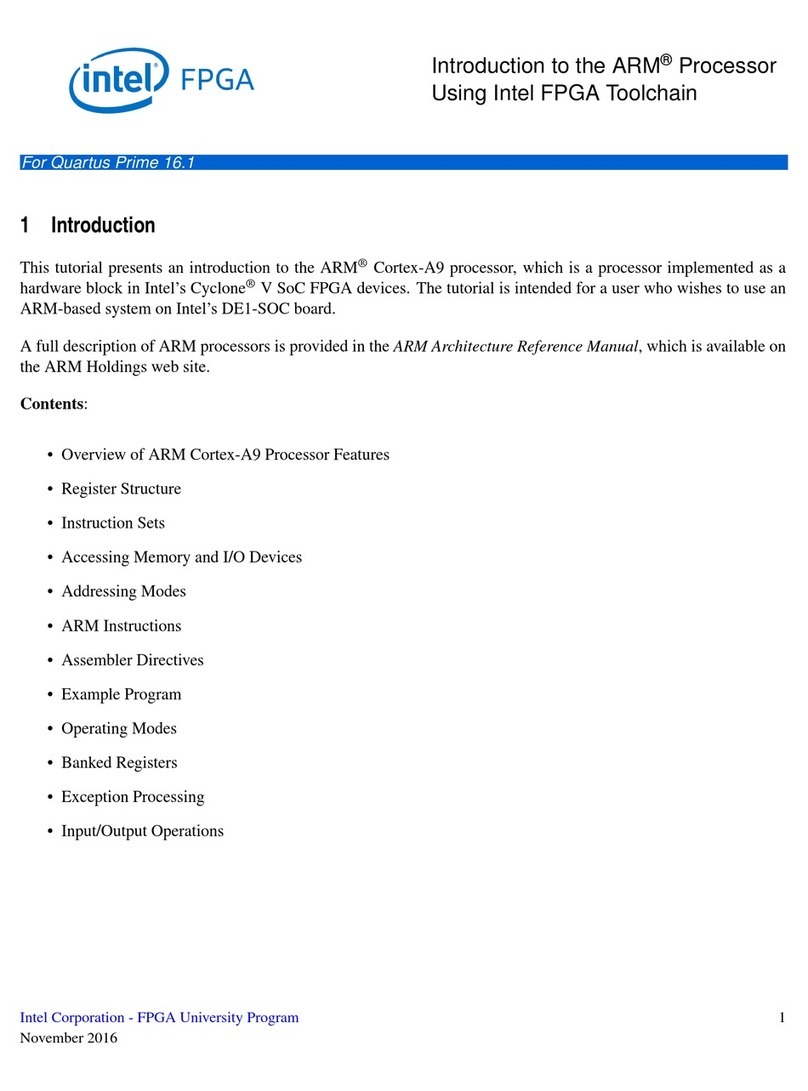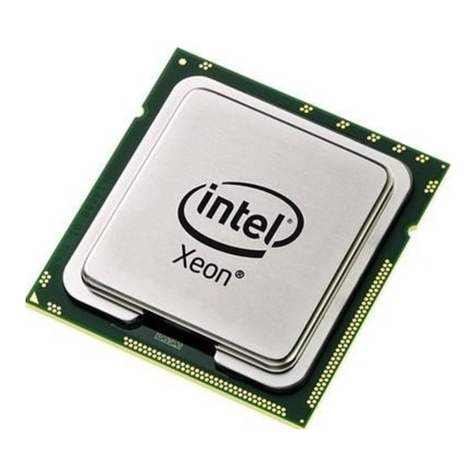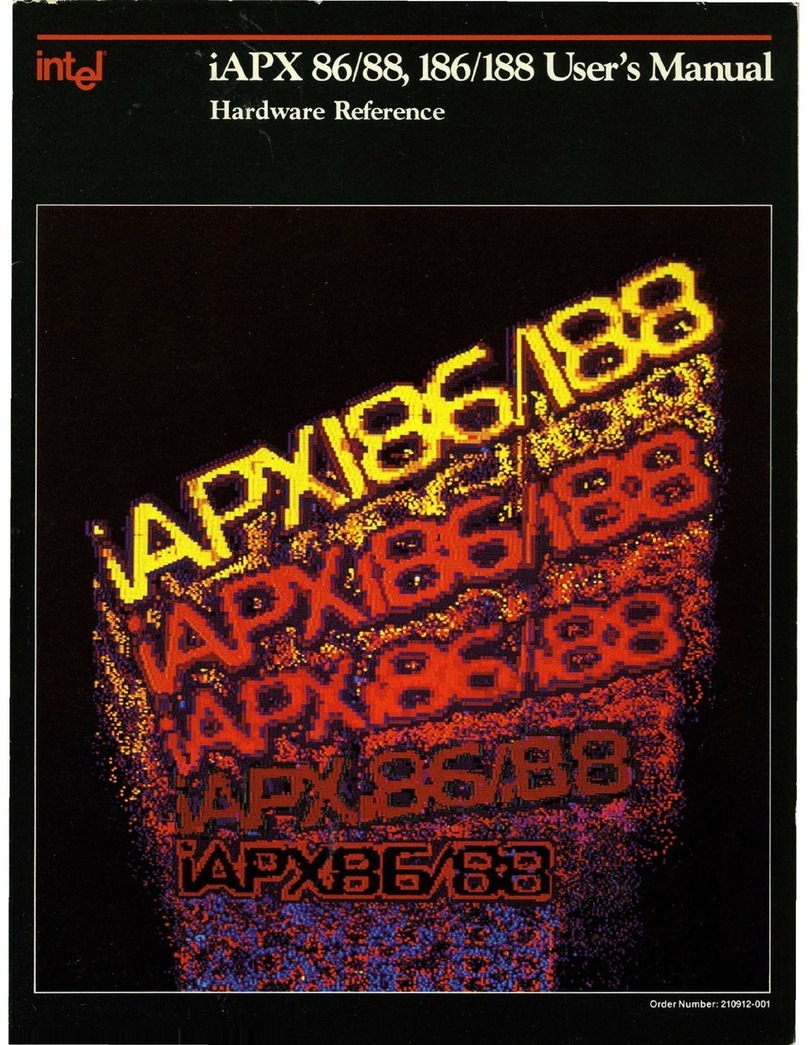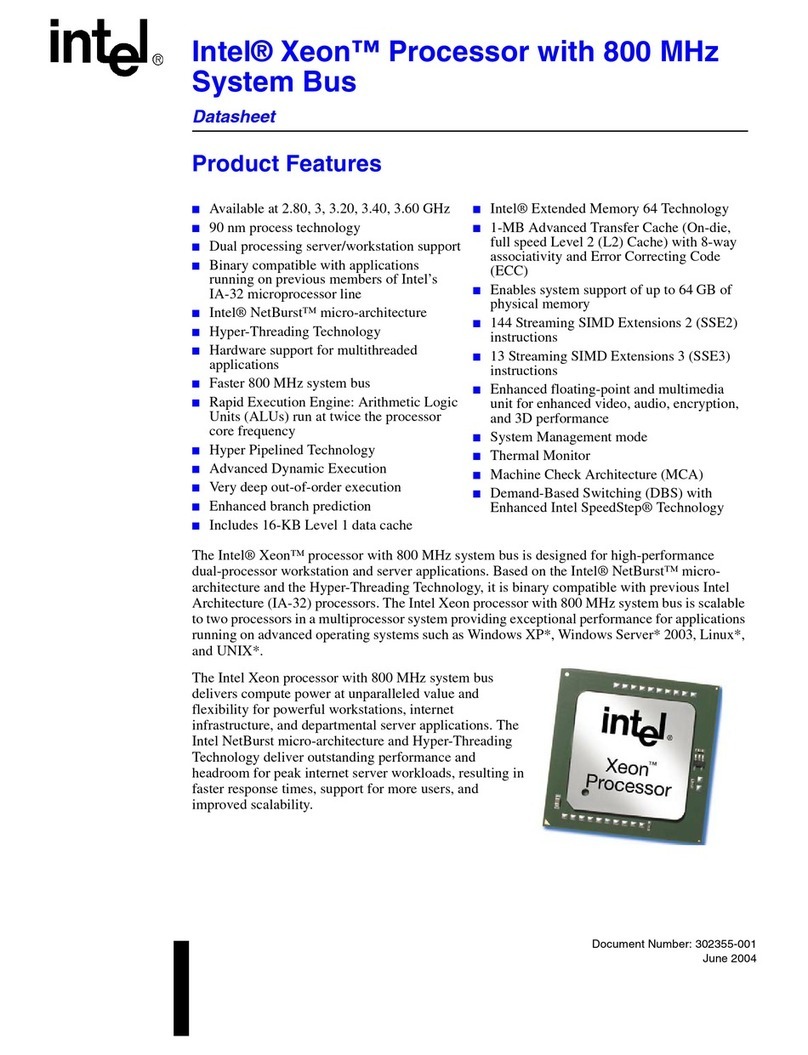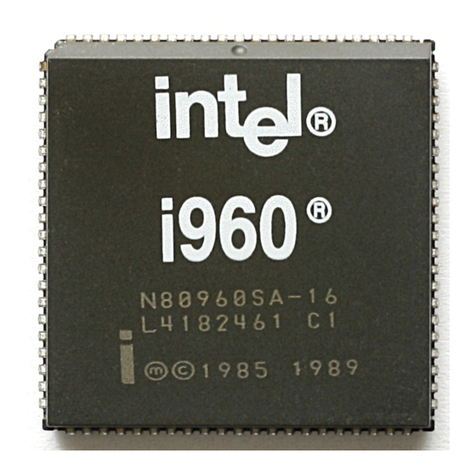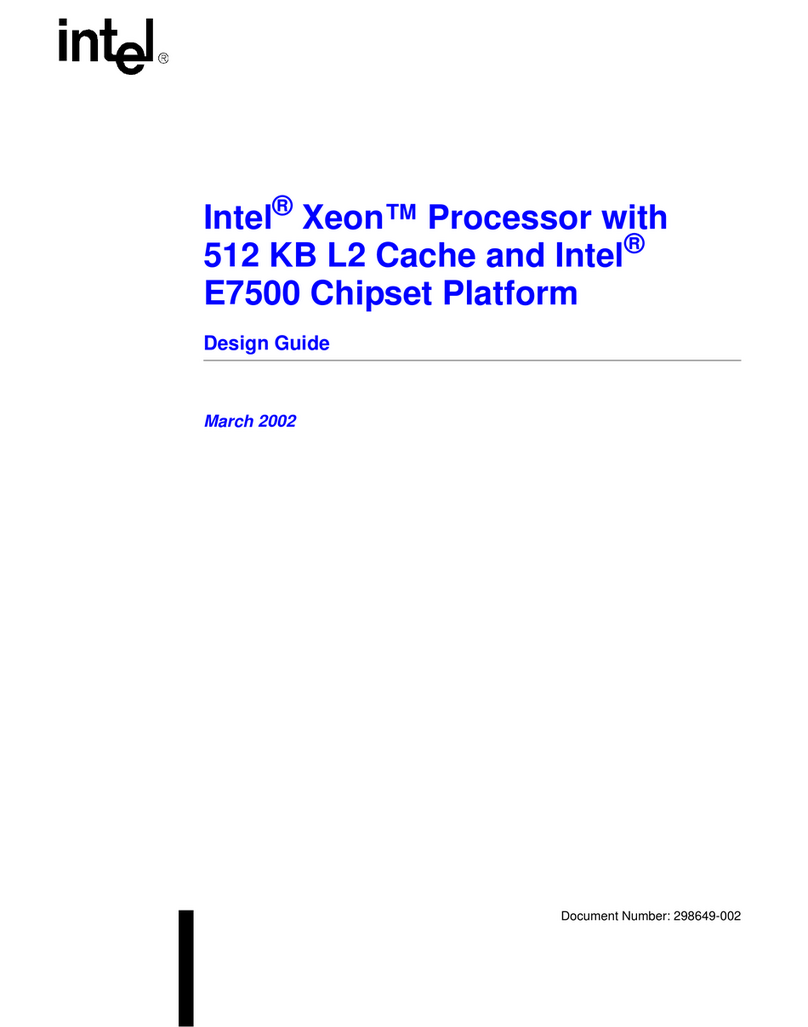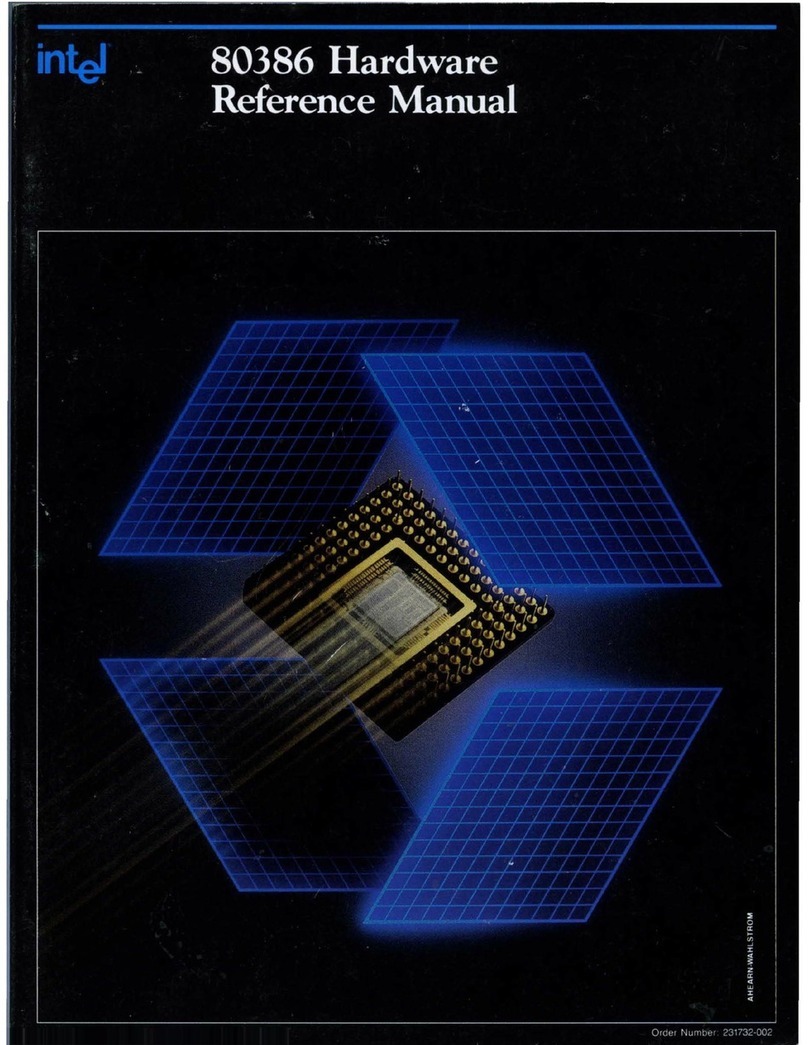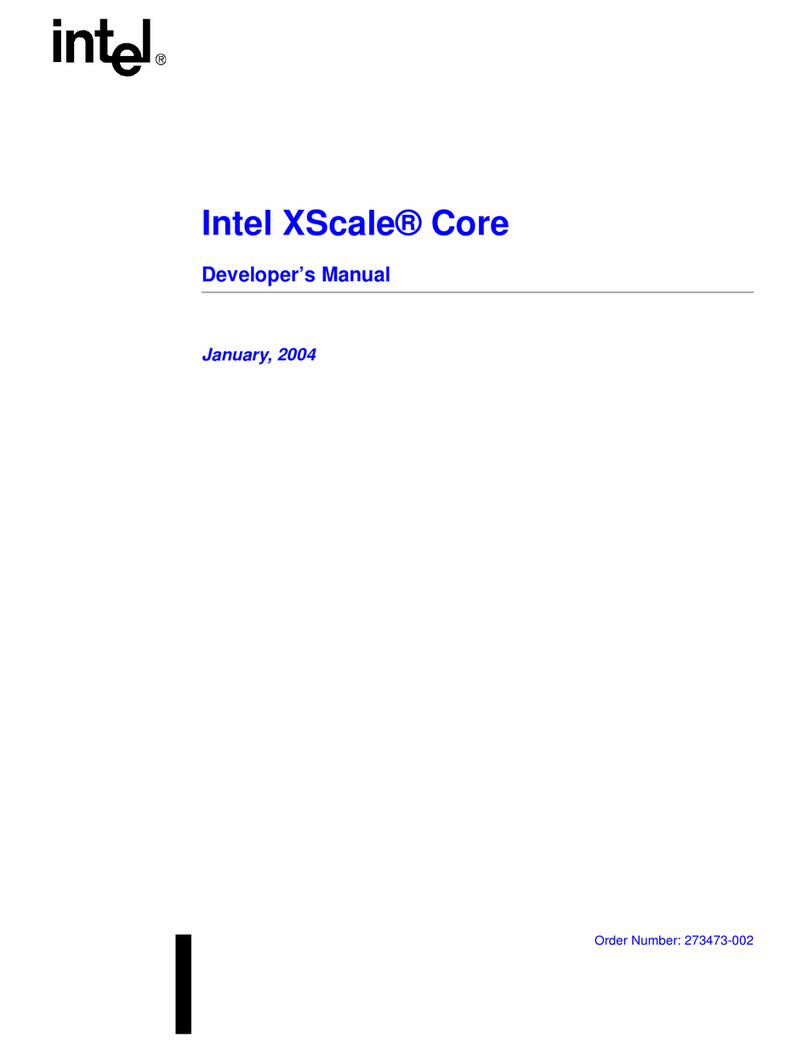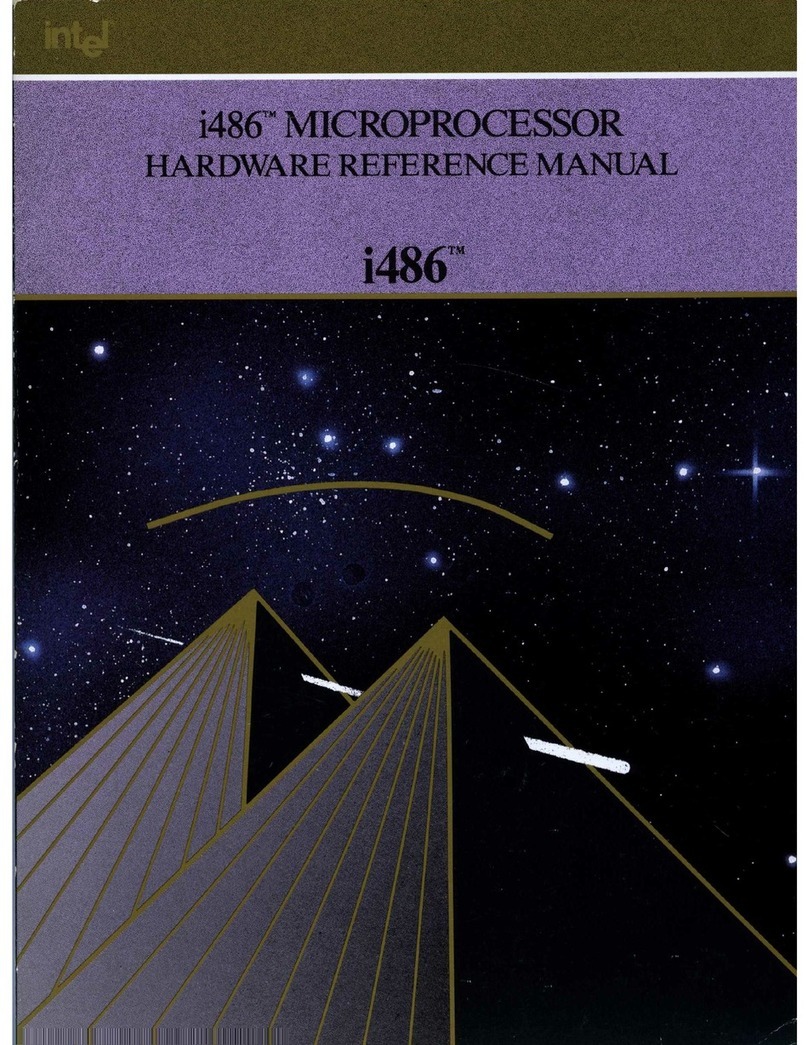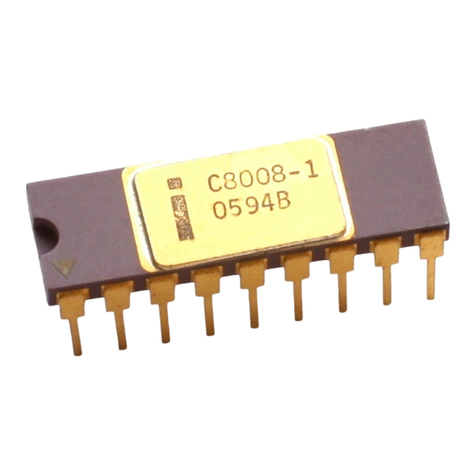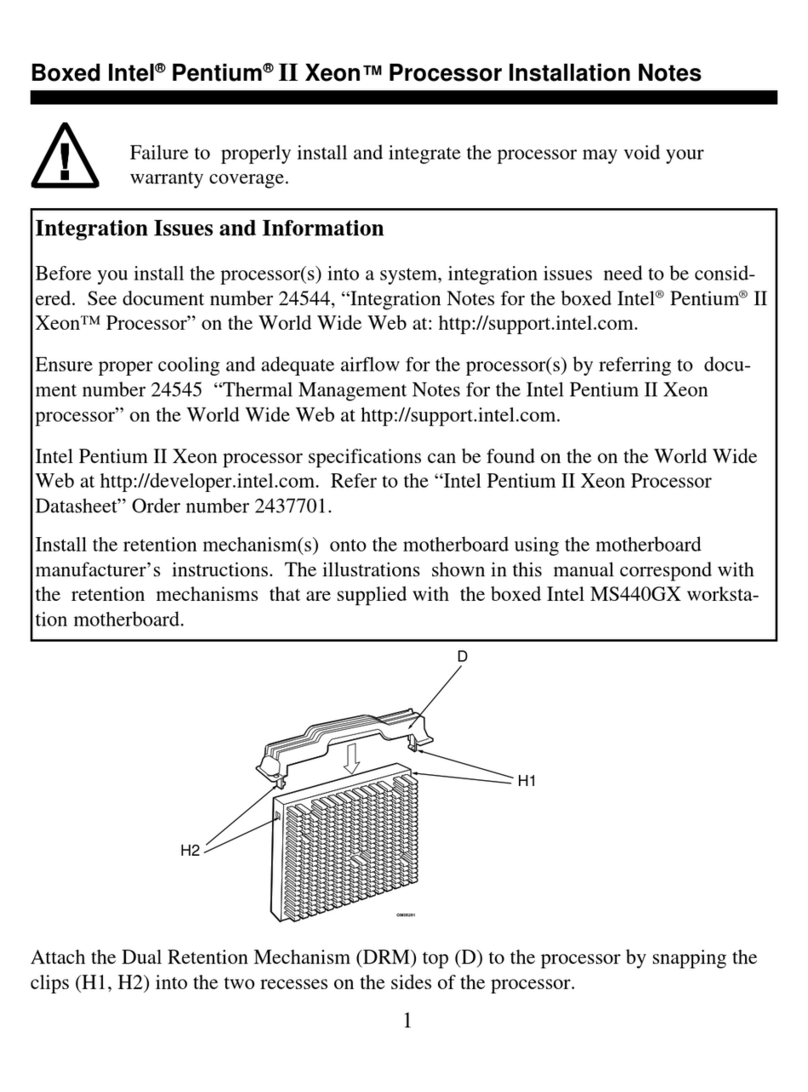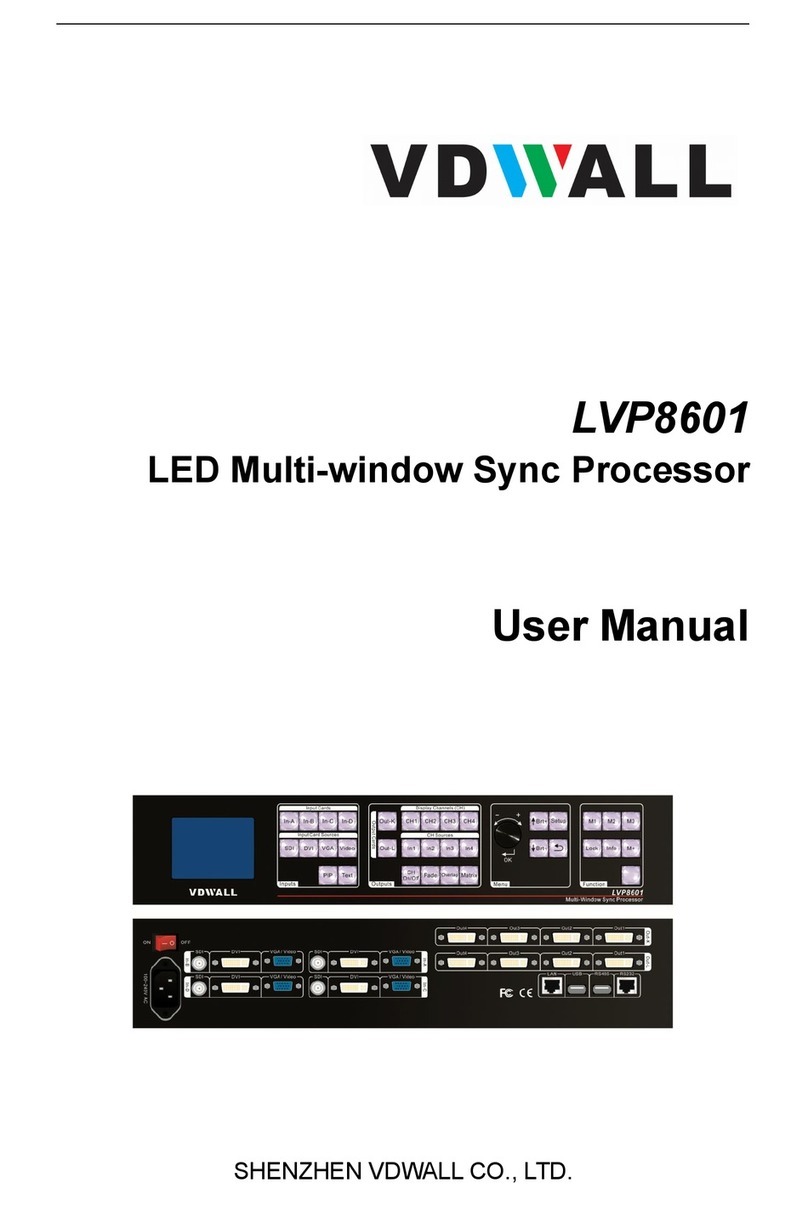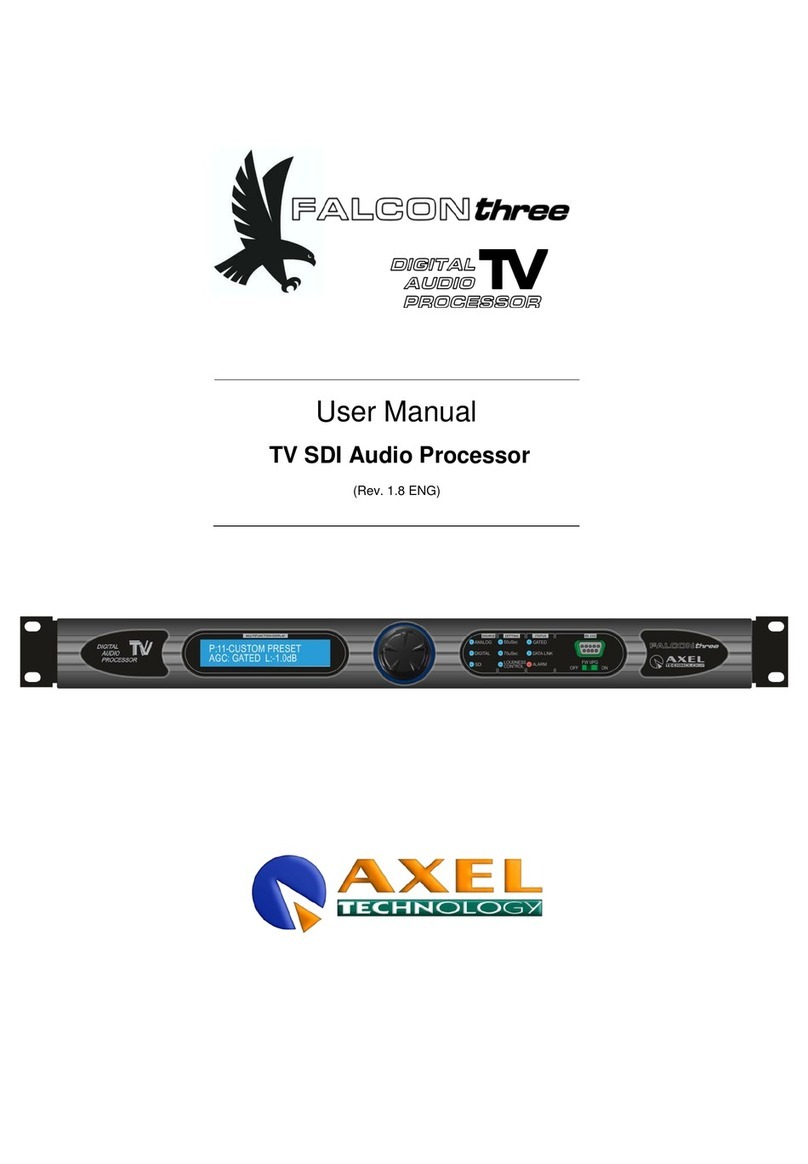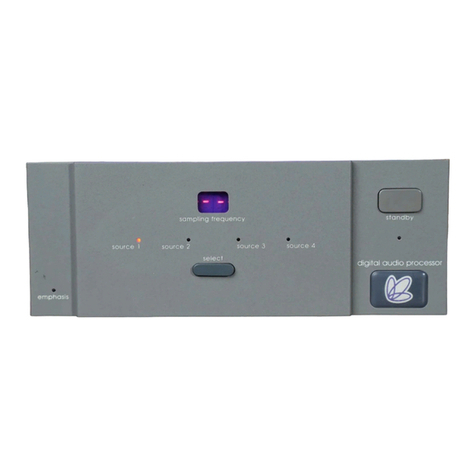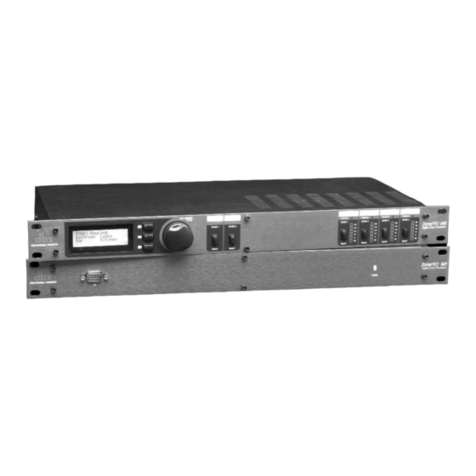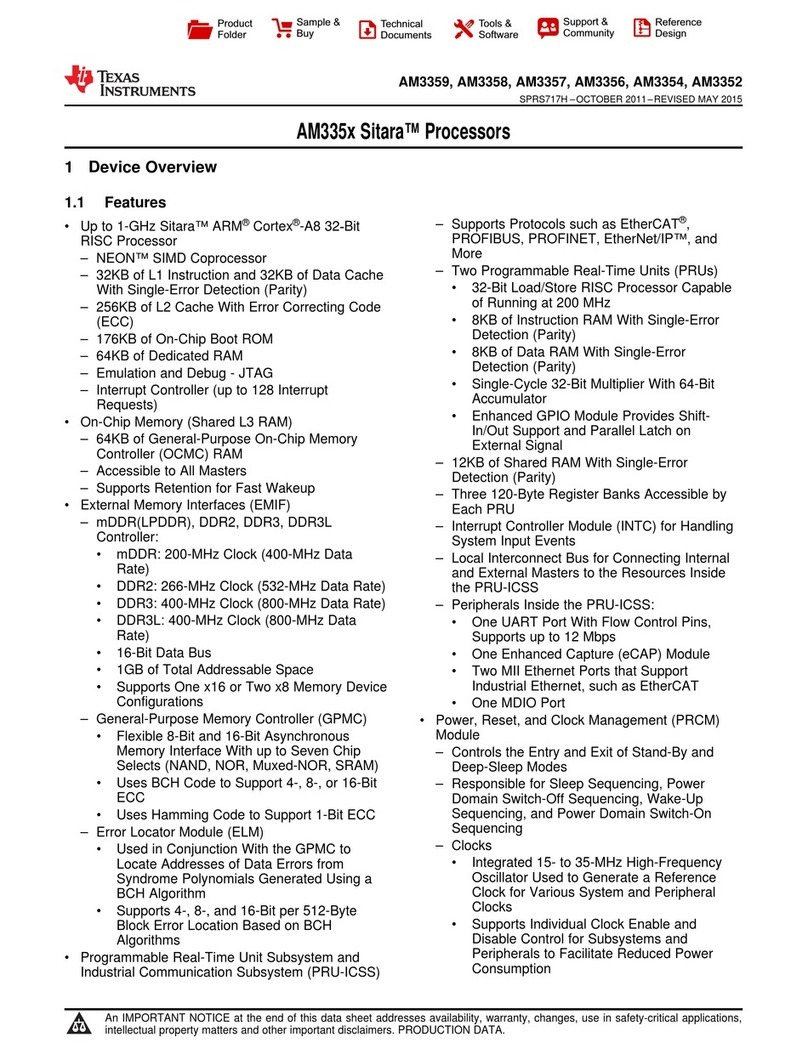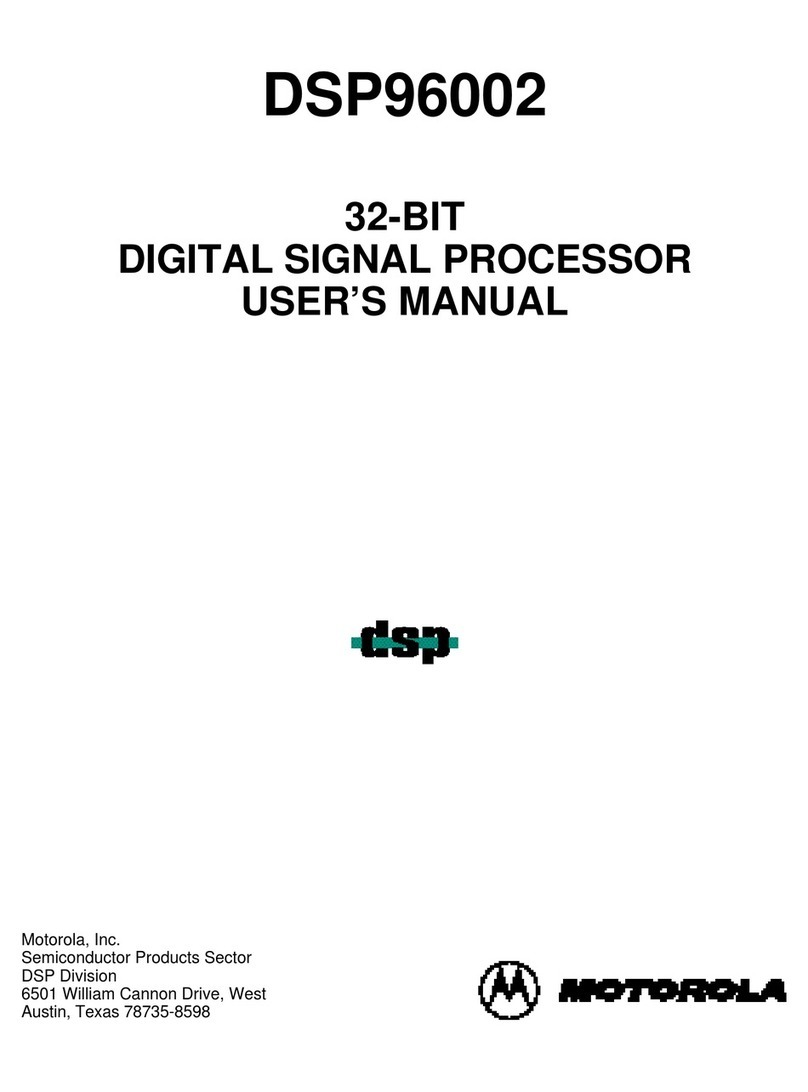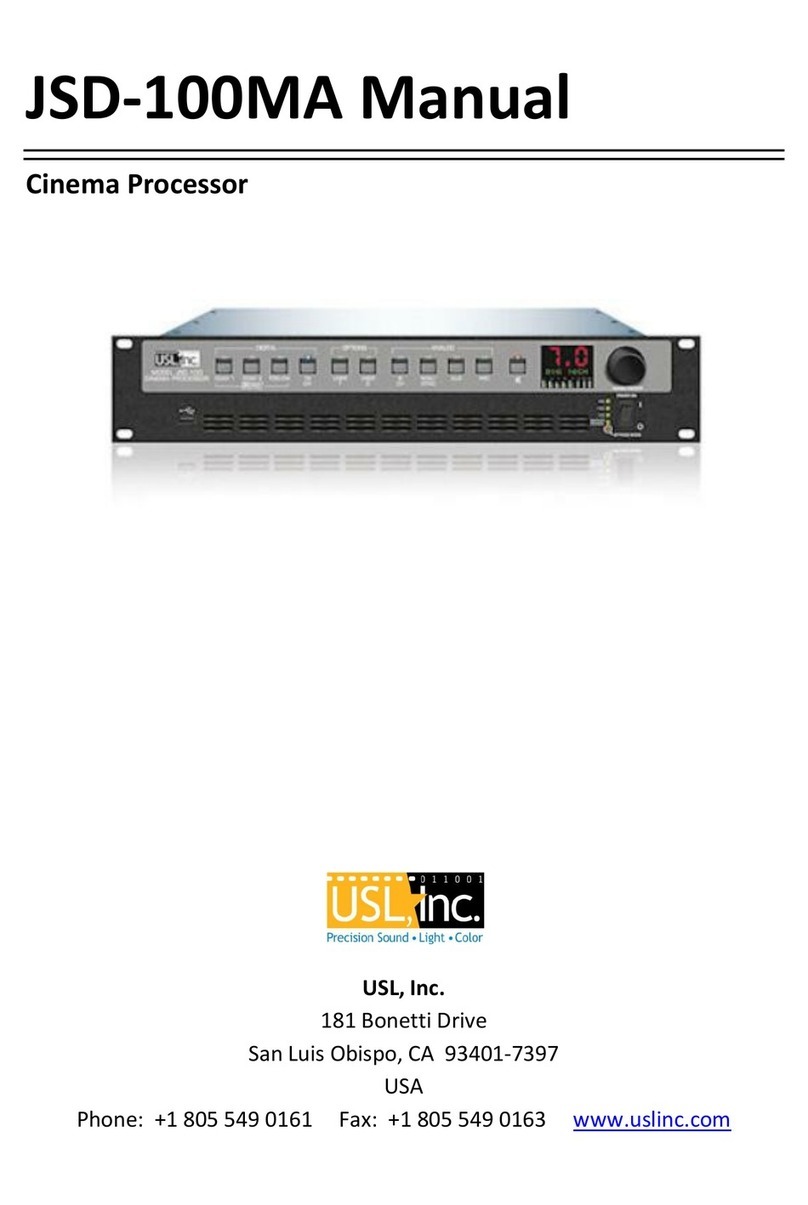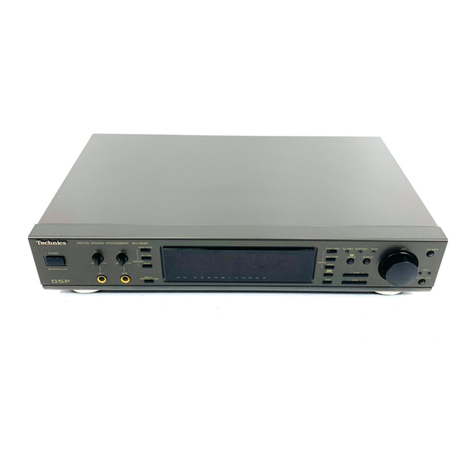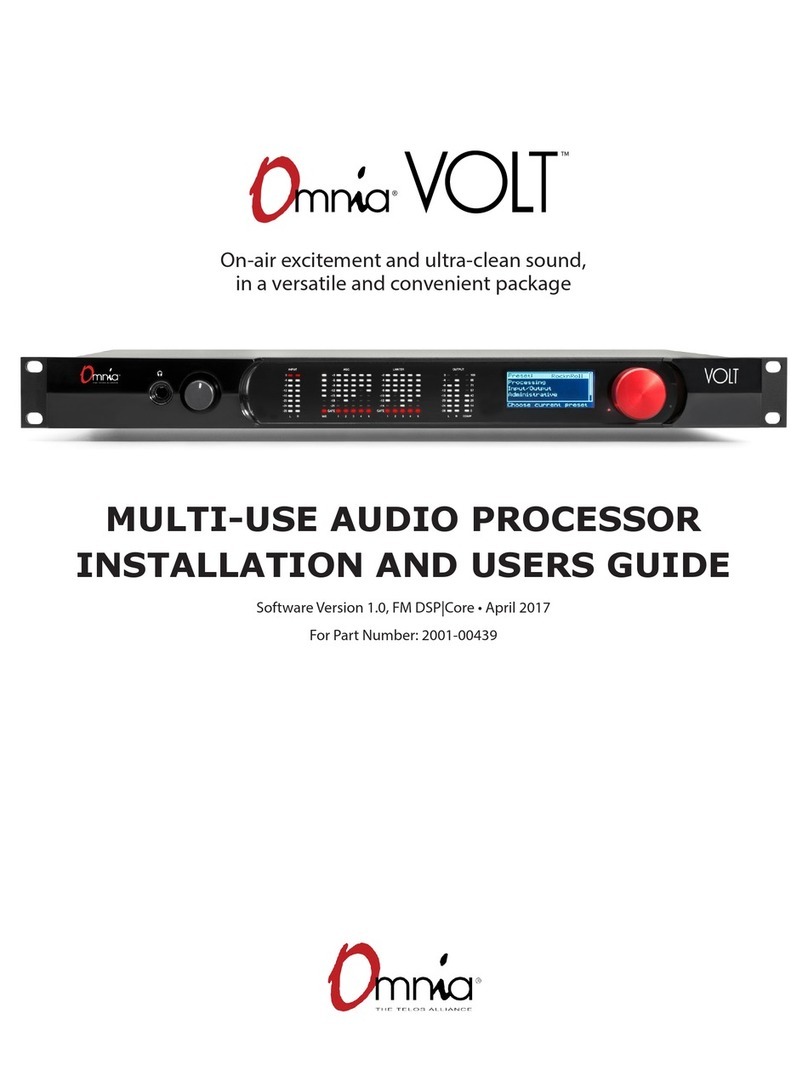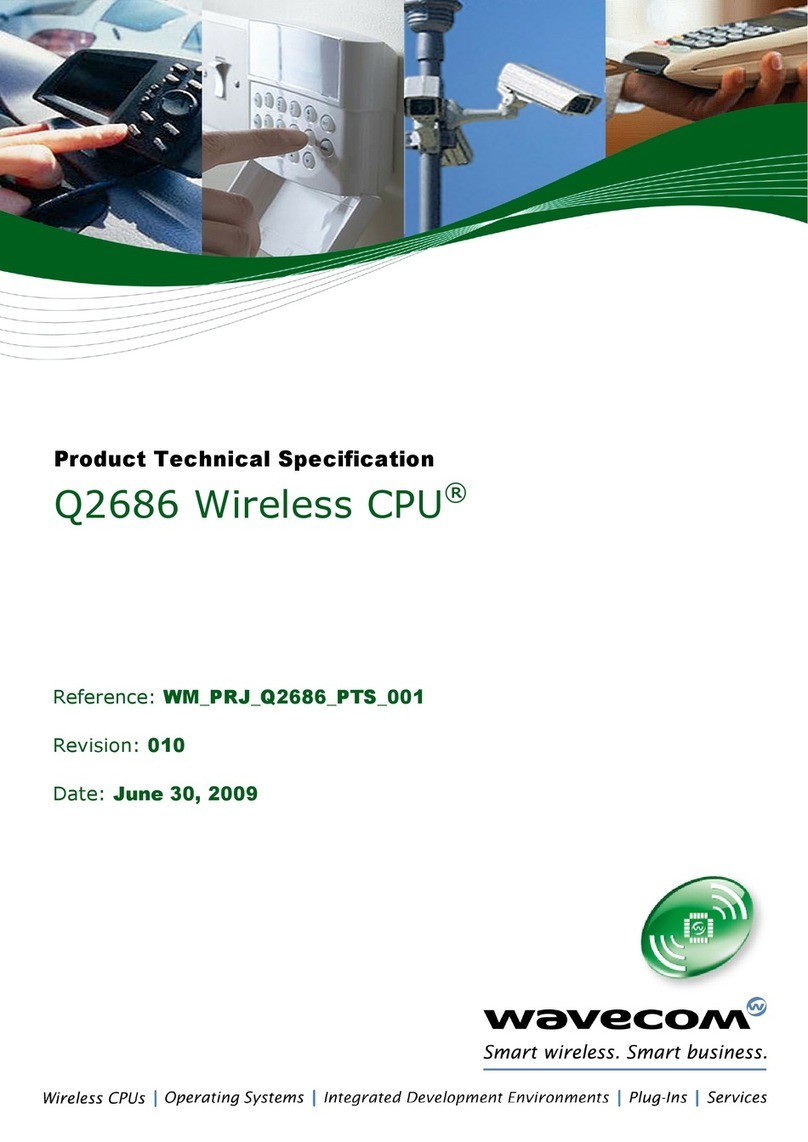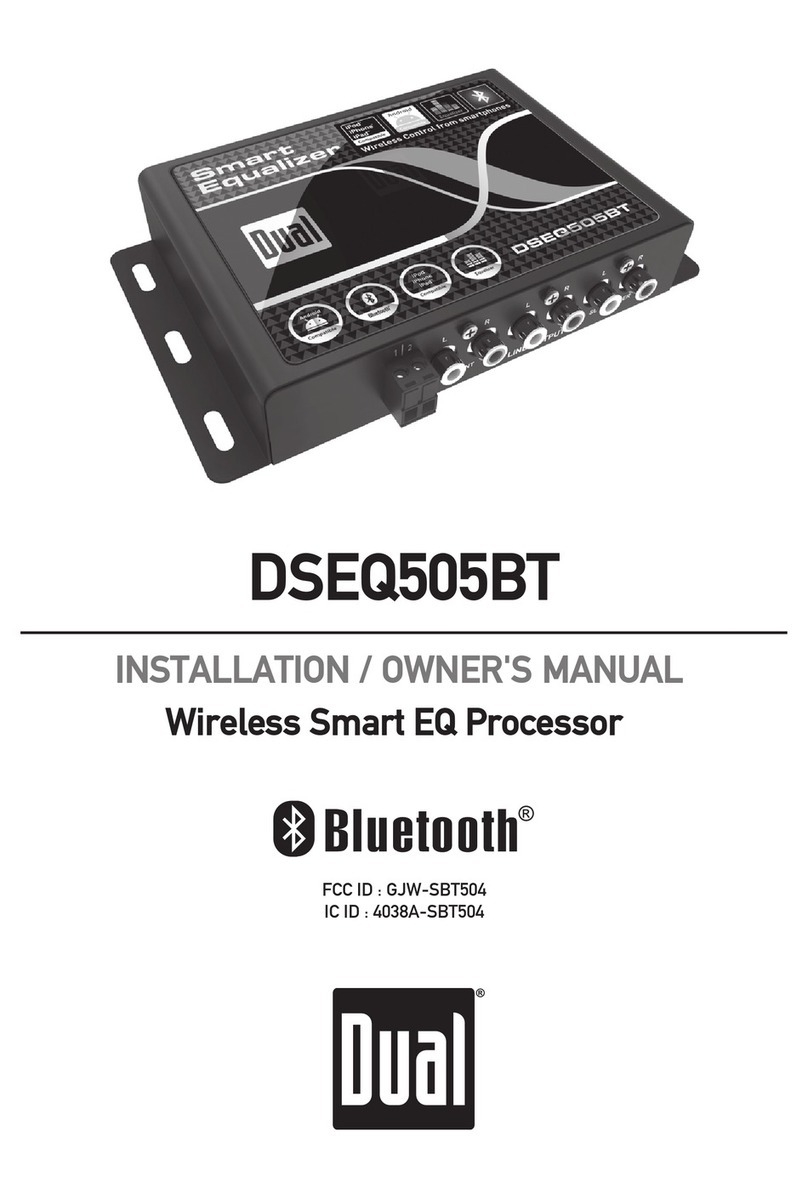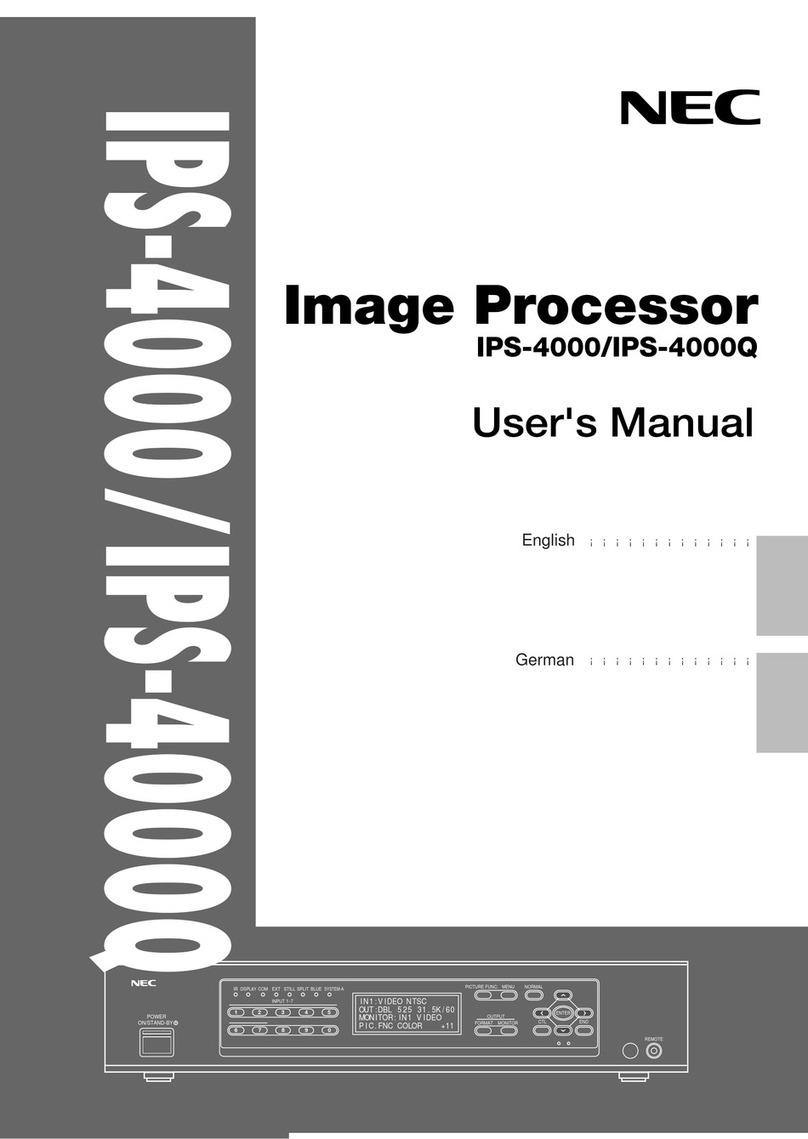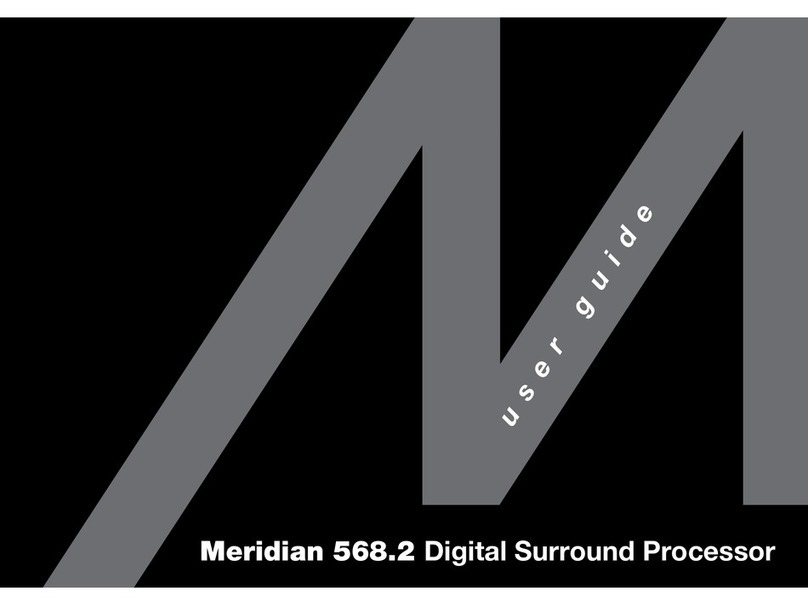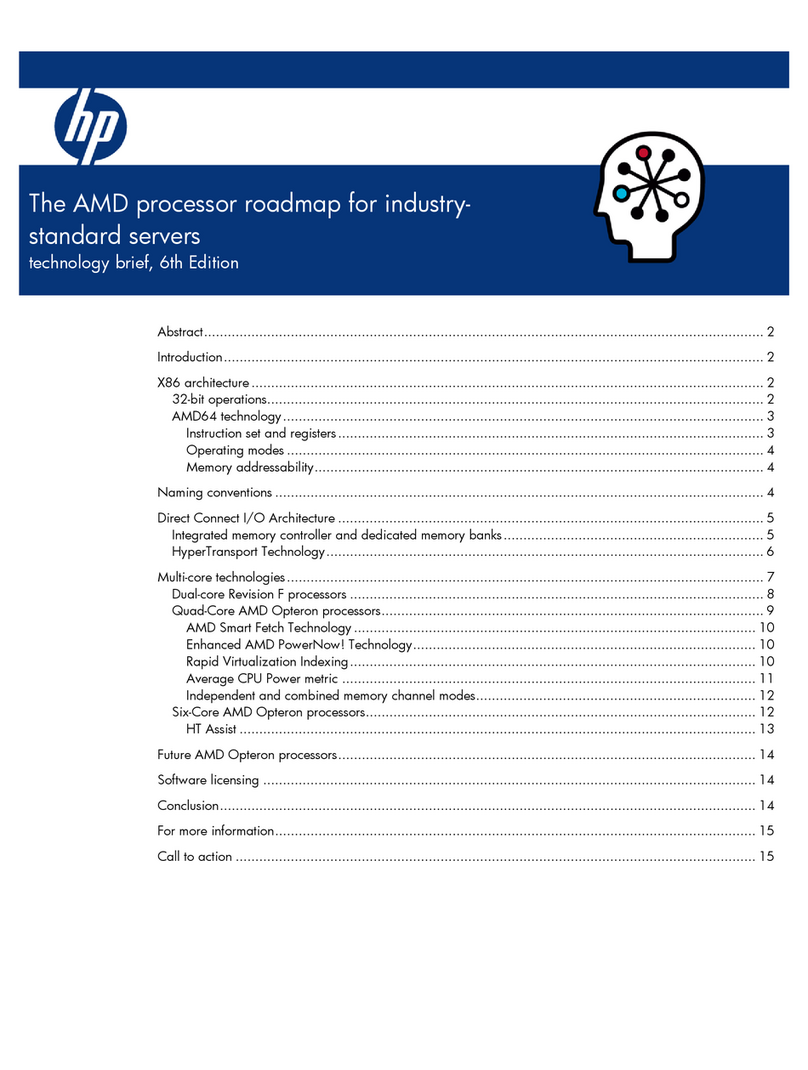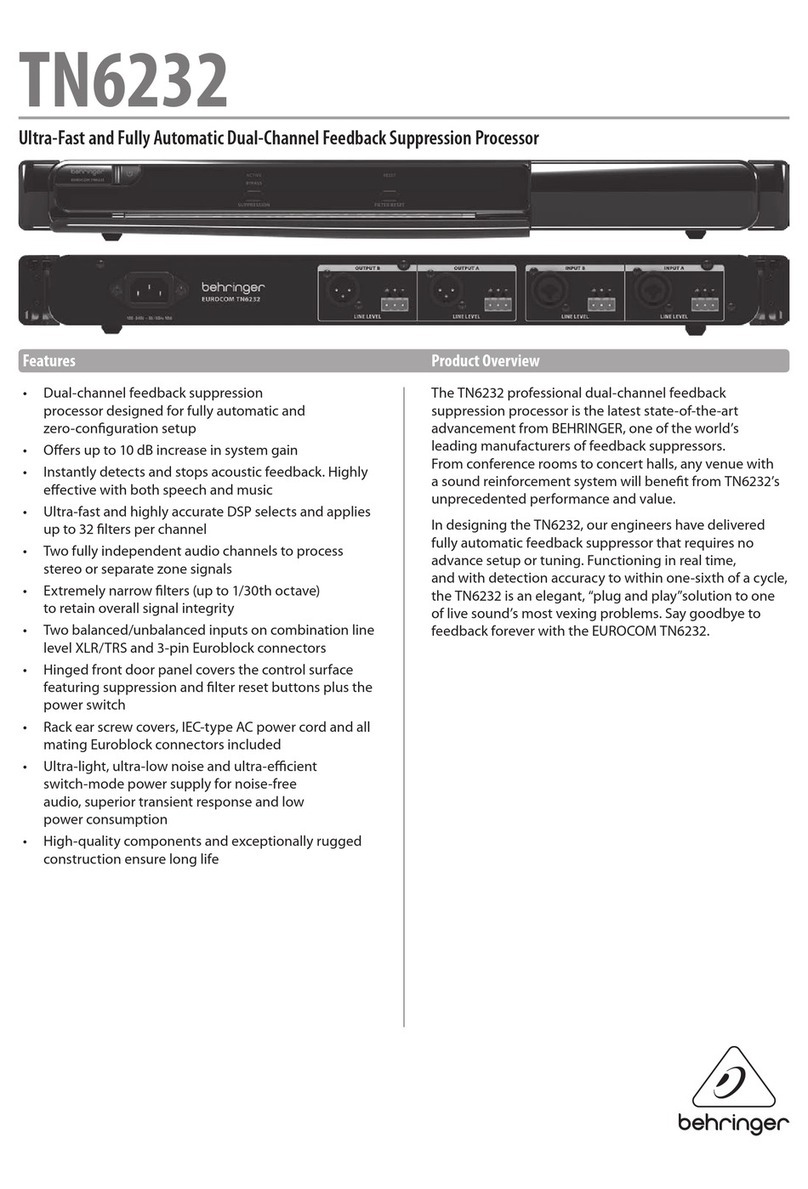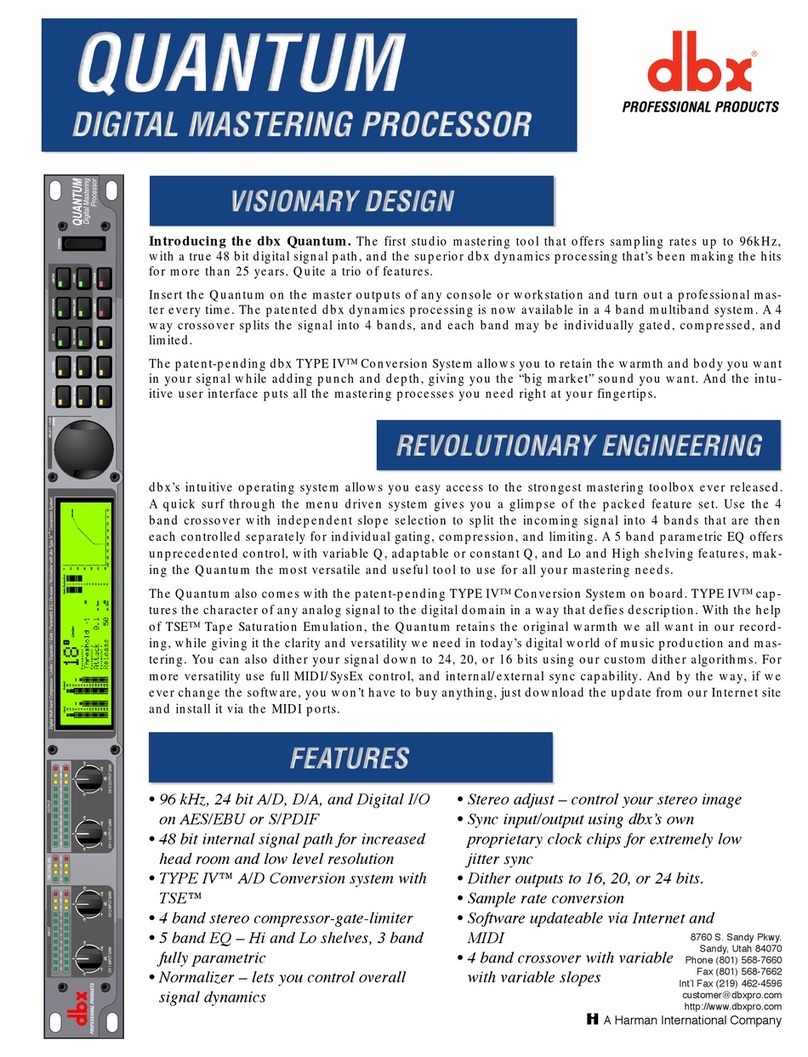
v
Branch Prediction.................................................................................................................. 2-15
Eliminating Branches...................................................................................................... 2-15
Spin-Wait and Idle Loops................................................................................................ 2-18
Static Prediction.............................................................................................................. 2-19
Inlining, Calls and Returns ............................................................................................. 2-22
Branch Type Selection ................................................................................................... 2-23
Loop Unrolling ............................................................................................................... 2-26
Compiler Support for Branch Prediction......................................................................... 2-28
Memory Accesses................................................................................................................. 2-29
Alignment ....................................................................................................................... 2-29
Store Forwarding............................................................................................................ 2-32
Store-to-Load-Forwarding Restriction on Size and Alignment.................................. 2-33
Store-forwarding Restriction on Data Availability...................................................... 2-38
Data Layout Optimizations ............................................................................................. 2-39
Stack Alignment.............................................................................................................. 2-42
Capacity Limits and Aliasing in Caches.......................................................................... 2-43
Capacity Limits in Set-Associative Caches............................................................... 2-44
Aliasing Cases in the Pentium®4 and Intel®Xeon®Processors ............................. 2-45
Aliasing Cases in the Pentium M Processor............................................................. 2-46
Mixing Code and Data.................................................................................................... 2-47
Self-modifying Code ................................................................................................. 2-47
Write Combining............................................................................................................. 2-48
Locality Enhancement.................................................................................................... 2-50
Minimizing Bus Latency.................................................................................................. 2-52
Non-Temporal Store Bus Traffic ..................................................................................... 2-53
Prefetching ..................................................................................................................... 2-55
Hardware Instruction Fetching.................................................................................. 2-55
Software and Hardware Cache Line Fetching.......................................................... 2-55
Cacheability Instructions ................................................................................................ 2-56
Code Alignment.............................................................................................................. 2-57
Improving the Performance of Floating-point Applications.................................................... 2-57
Guidelines for Optimizing Floating-point Code............................................................... 2-58
Floating-point Modes and Exceptions............................................................................ 2-60
Floating-point Exceptions ......................................................................................... 2-60
Floating-point Modes................................................................................................ 2-62
Improving Parallelism and the Use of FXCH.................................................................. 2-68
x87 vs. Scalar SIMD Floating-point Trade-offs............................................................... 2-69
Scalar SSE/SSE2 Performance on Intel Core Solo and Intel Core Duo
Processors............................................................................................................. 2-70
Memory Operands.......................................................................................................... 2-71
